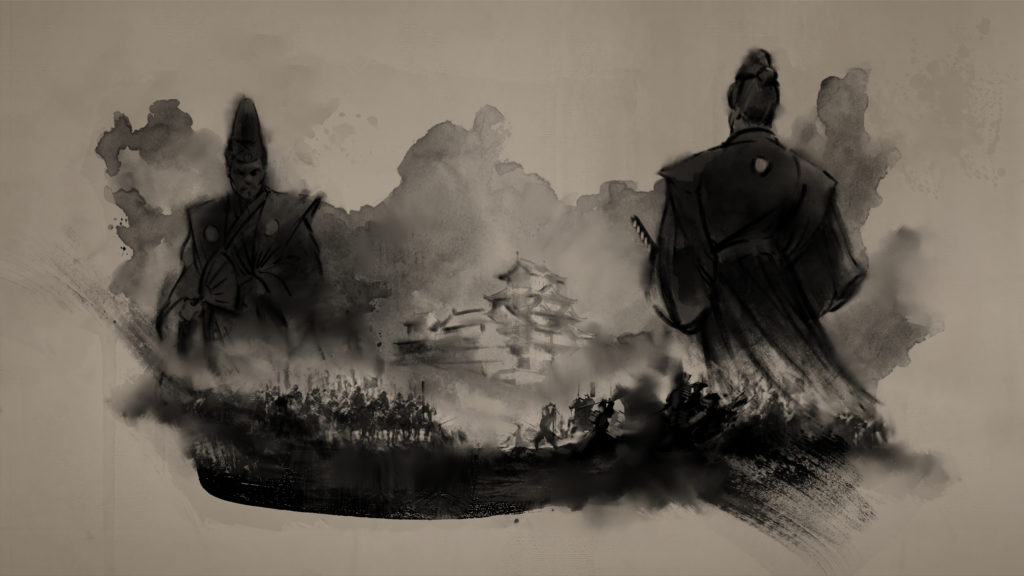
The Edo period in Japan was characterized by a strict feudal system in which daimyo, or regional lords, were given control over vast areas of land. Daimyo were expected to oversee their territory and keep the peace, but they had to abide by edicts issued by the shogunate. They were given the authority to create their own armies, collect taxes from their domains, and set up trade missions throughout Japan. This led to the daimyo growing in wealth and influence.
The shogun and daimyo had a mutually beneficial relationship. The shogun received aid from the daimyo in running his territory, and in return, the shogun gave his vassal land and titles of honor. Daimyo had a variety of different backgrounds, with some being related to branches of the imperial family and others ascending from the ranks of samurai. Most daimyo led relatively peaceful lives until conflicts between different clans began to arise in the late 16th century, largely driven by the desire to obtain more land and power. This led to Japan’s Warring States period.
Oda Nobunaga and Toyotomi Hideyoshi were two of the most influential daimyo during the Warring States period, with their armies and ambition driving many of the power struggles happening at the time. Oda Nobunaga was the first of Japan’s Three Unifiers and started the process of unifying Japan. He rose to power in the 1560s and by the time of his death in 1582, he had conquered nearly one-third of Japan.
Toyotomi Hideyoshi was one of Nobunaga’s vassals and rose to succeed his master after Nobunaga’s death. He was highly successful, eventually conquering the remaining two-thirds of Japan which he ruled until his demise in 1598. His death enabled Tokugawa Ieyasu, another influential daimyo and former vassal of Nobunaga, to become ruler of Japan in 1603 following the Battle of Sekigahara.
After Ieyasu became shogun, he implemented a number of laws and regulations to strengthen his reign. This included restricting the movement of officials throughout Japan and limiting access to weapons. These changes effectively weakened the position of the daimyo and centralized power under the Tokugawa shogunate.
In the world of Tale of Ronin, the year is 1637 and Tokugawa Iemitsu is the current shogun. The daimyo system is a critical aspect of day-to-day life. Many ronin hope to serve as a daimyo’s retainer again, while others are satisfied with their new life wandering the land. Players may find themselves with a chance to try rising to the rank of retainer again… or the chance to rebel against a system that failed them.